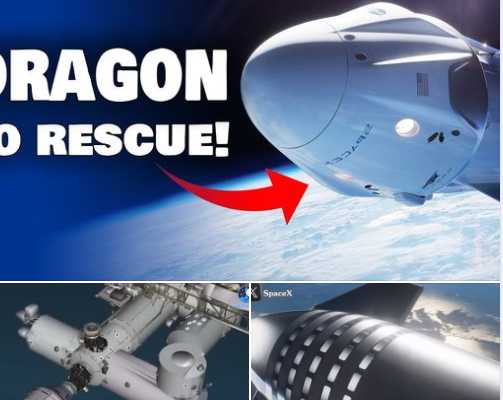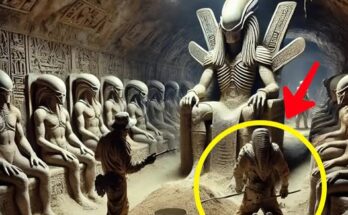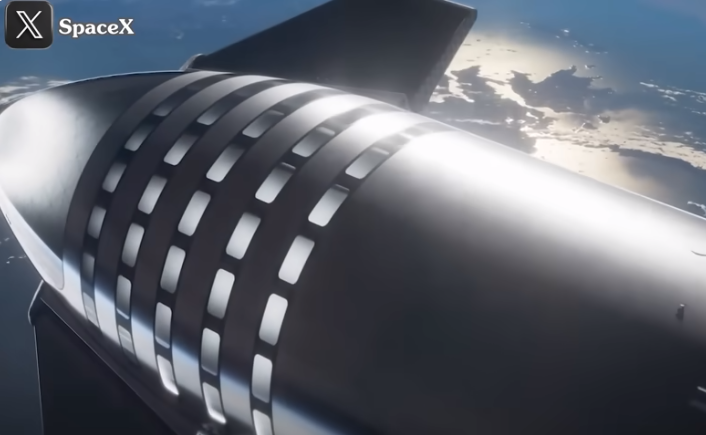
On June 25, 2024, NASA awarded SpaceX’s Dragon spacecraft a $267K contract to potentially rescue Boeing’s Starliner spacecraft in the event of an emergency. This marks a significant moment in the ongoing collaboration between NASA and private aerospace companies in the pursuit of safe and efficient space travel.
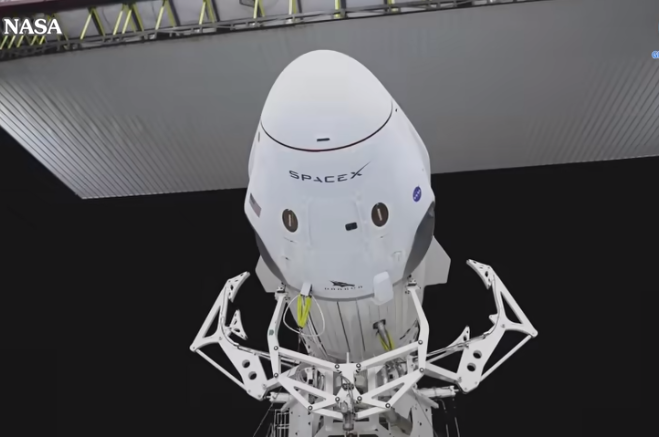
The contract, officially known as a “Mission Extension Vehicle-1” contract, will allow SpaceX to use its Dragon spacecraft as a backup option for rescuing astronauts from the International Space Station (ISS) in the event of an emergency or malfunction with Boeing’s Starliner spacecraft. This contract showcases NASA’s commitment to ensuring the safety of its astronauts and the continued success of its missions to space.
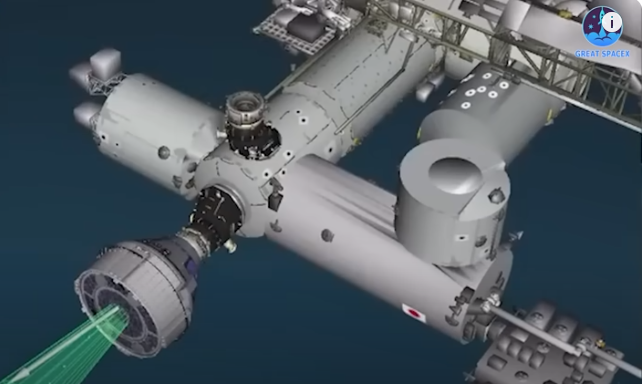
The decision to award SpaceX with this contract highlights the trust and confidence that NASA has in SpaceX’s capabilities and track record in the field of space exploration. SpaceX has proven itself as a reliable partner to NASA, with successful missions to the ISS and the development of innovative technologies that have revolutionized space travel.
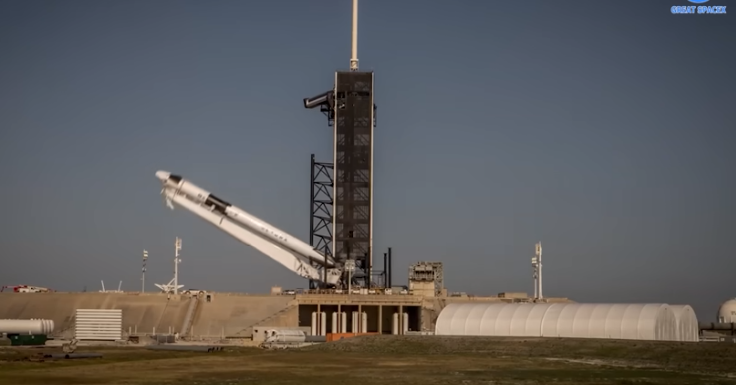
The partnership between NASA and private aerospace companies like SpaceX has ushered in a new era of space exploration, where innovation and collaboration drive progress and advancements in the field. By leveraging the expertise and resources of private companies, NASA is able to push the boundaries of what is possible in space travel and achieve groundbreaking milestones that were once thought to be out of reach.
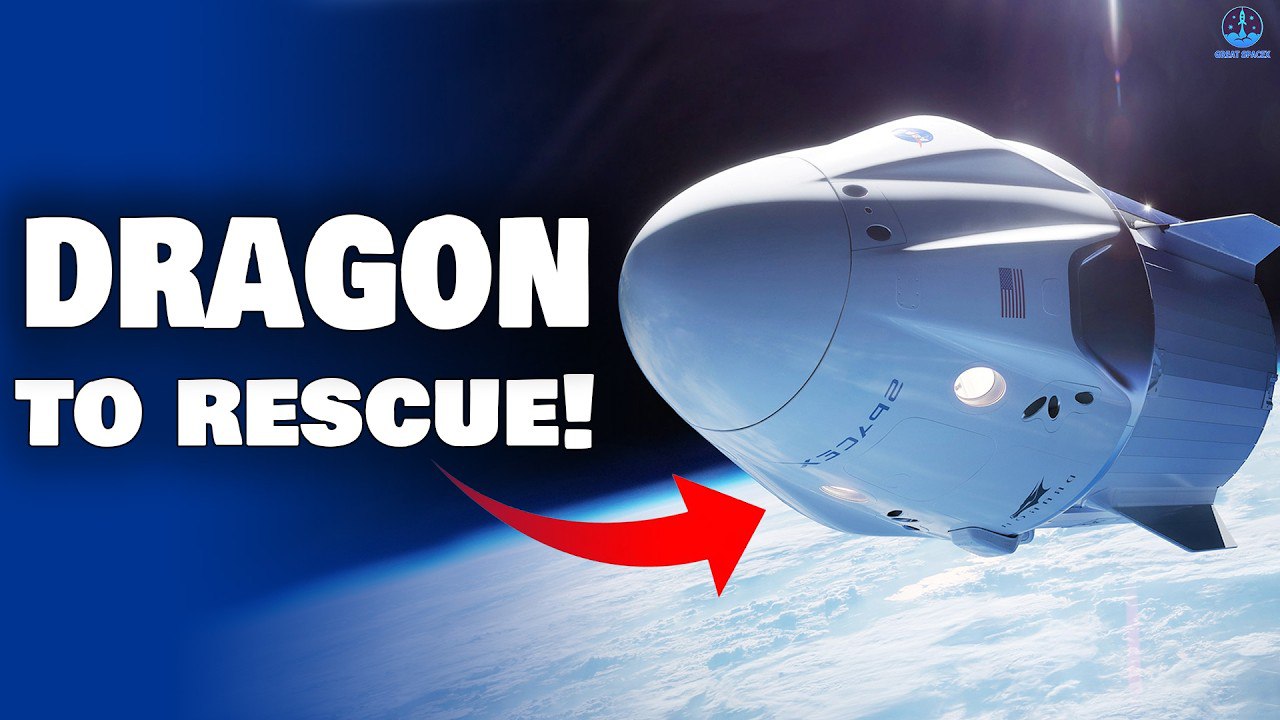
Overall, the awarding of this contract to SpaceX for the rescue of Boeing’s Starliner spacecraft is a testament to the power of collaboration and innovation in the field of space exploration. It is an exciting development that reflects NASA’s commitment to safety, efficiency, and excellence in all of its missions to space. As we look to the future of space travel, it is clear that partnerships between NASA and private aerospace companies will continue to drive progress and shape the future of human space exploration.
